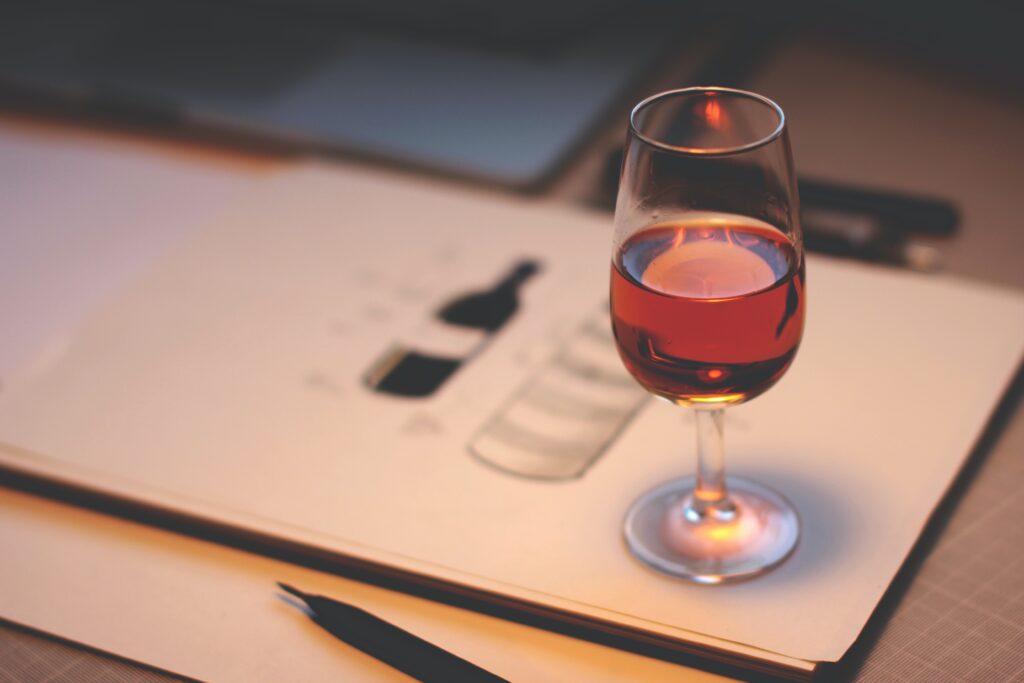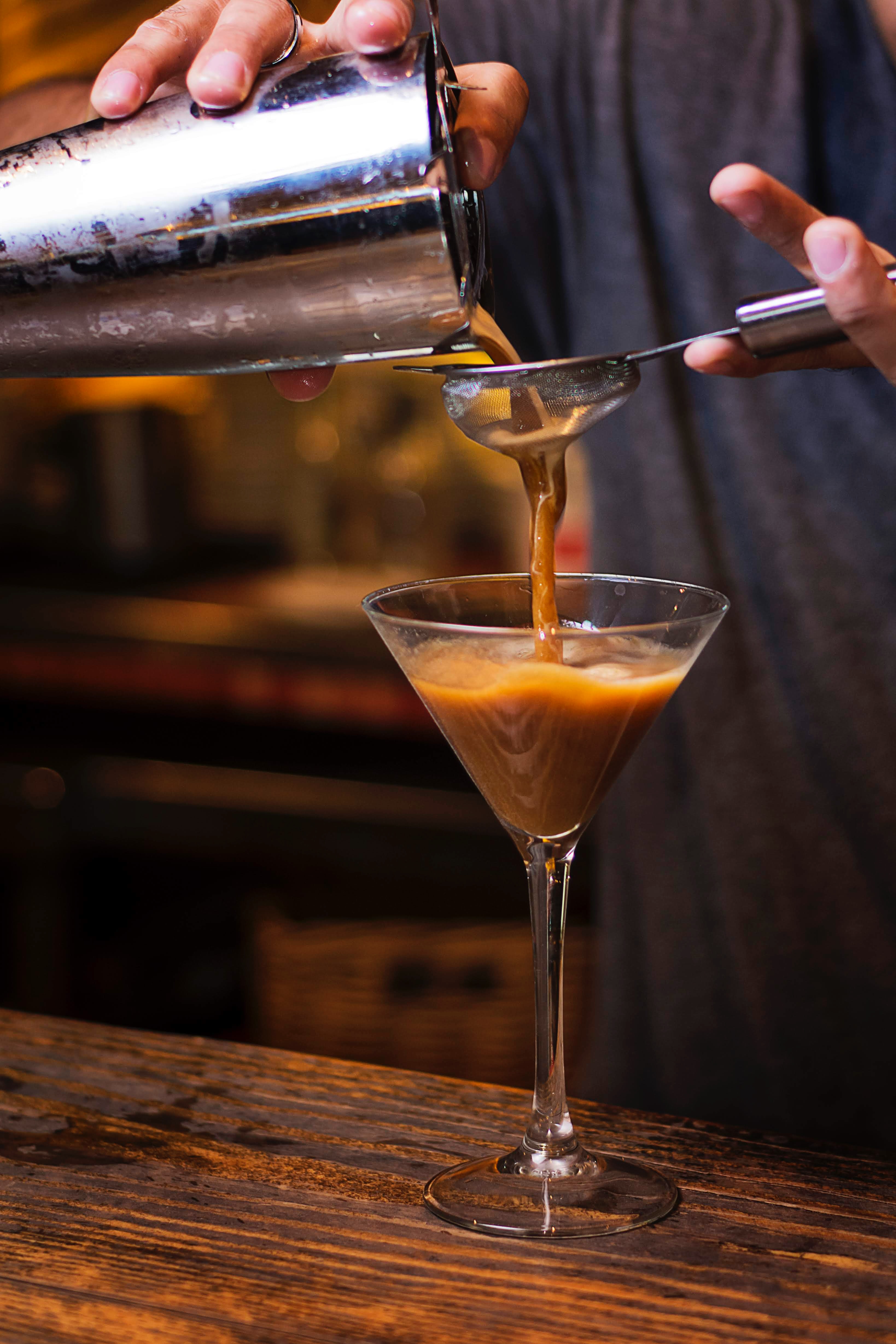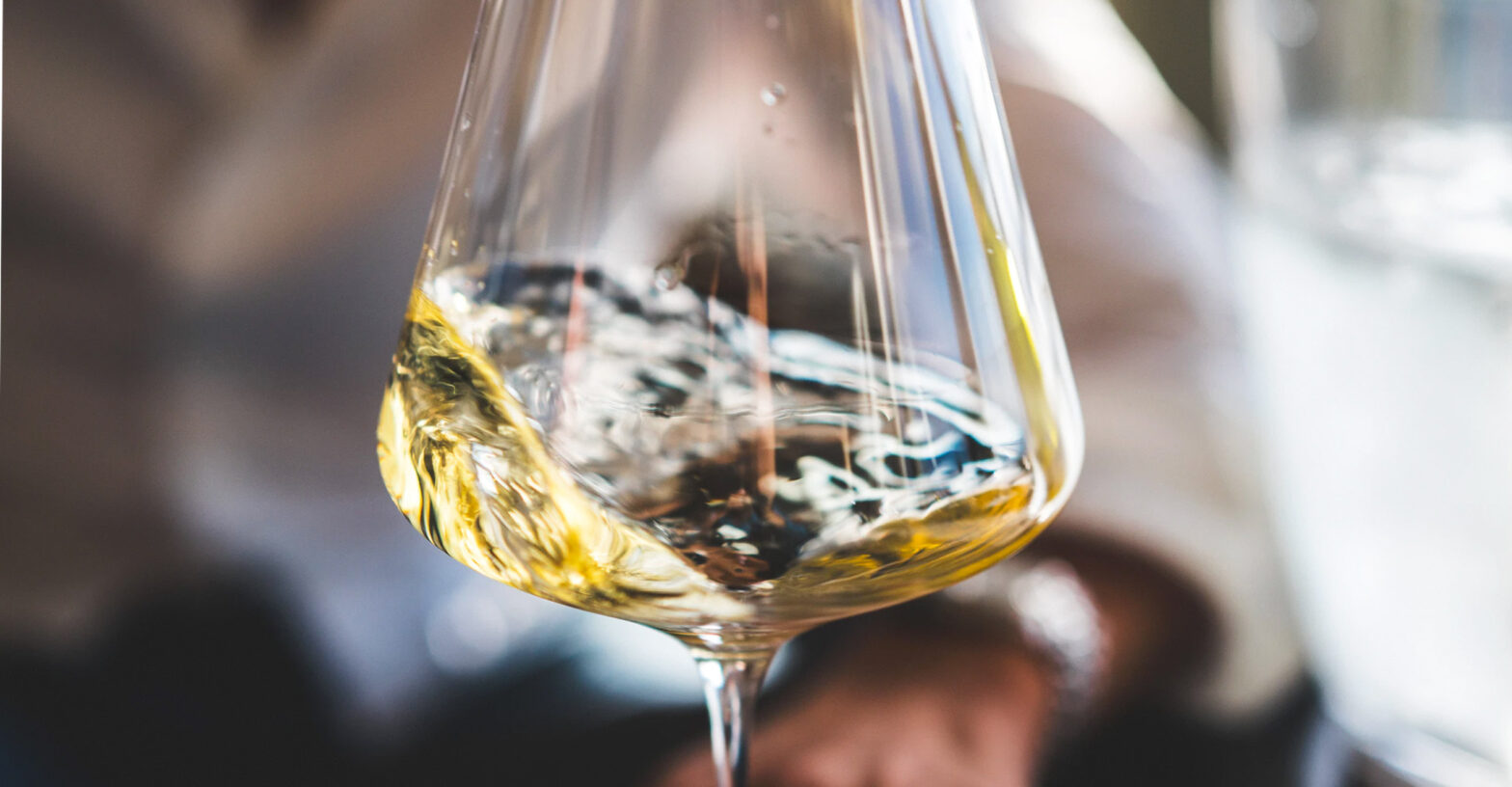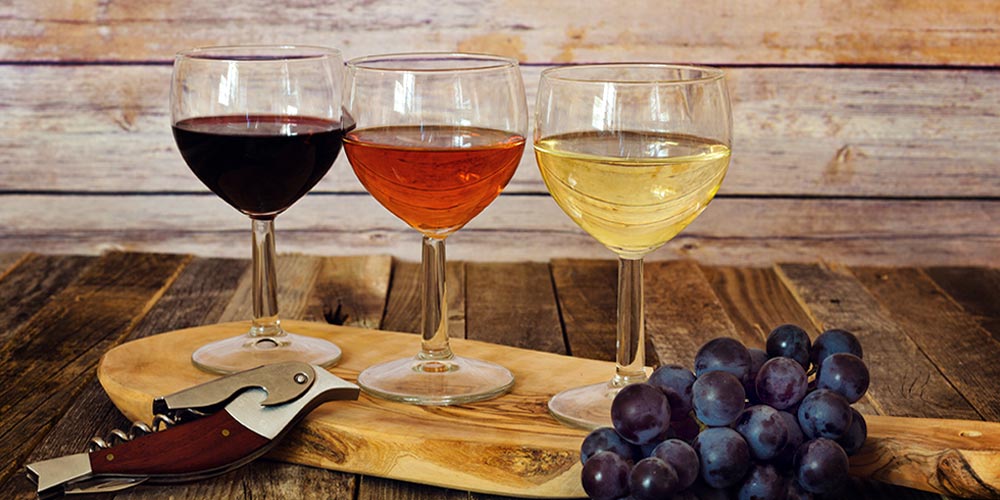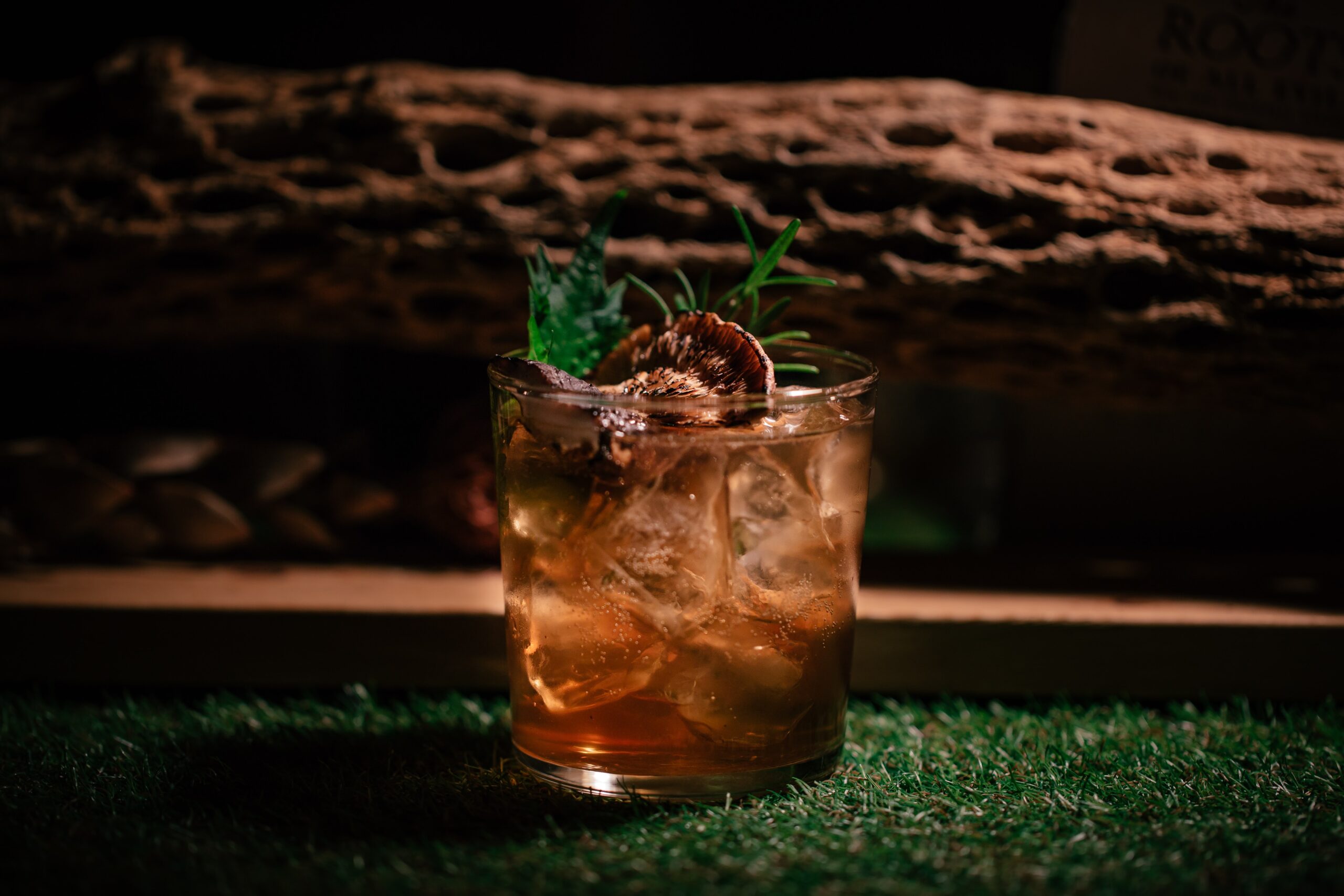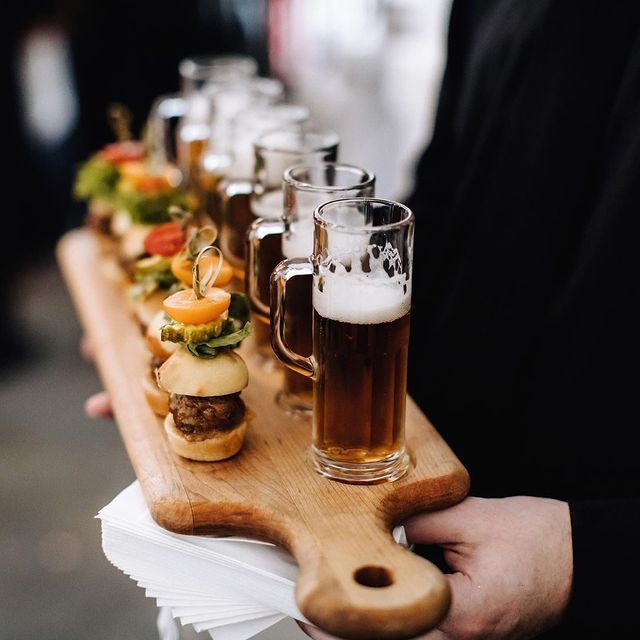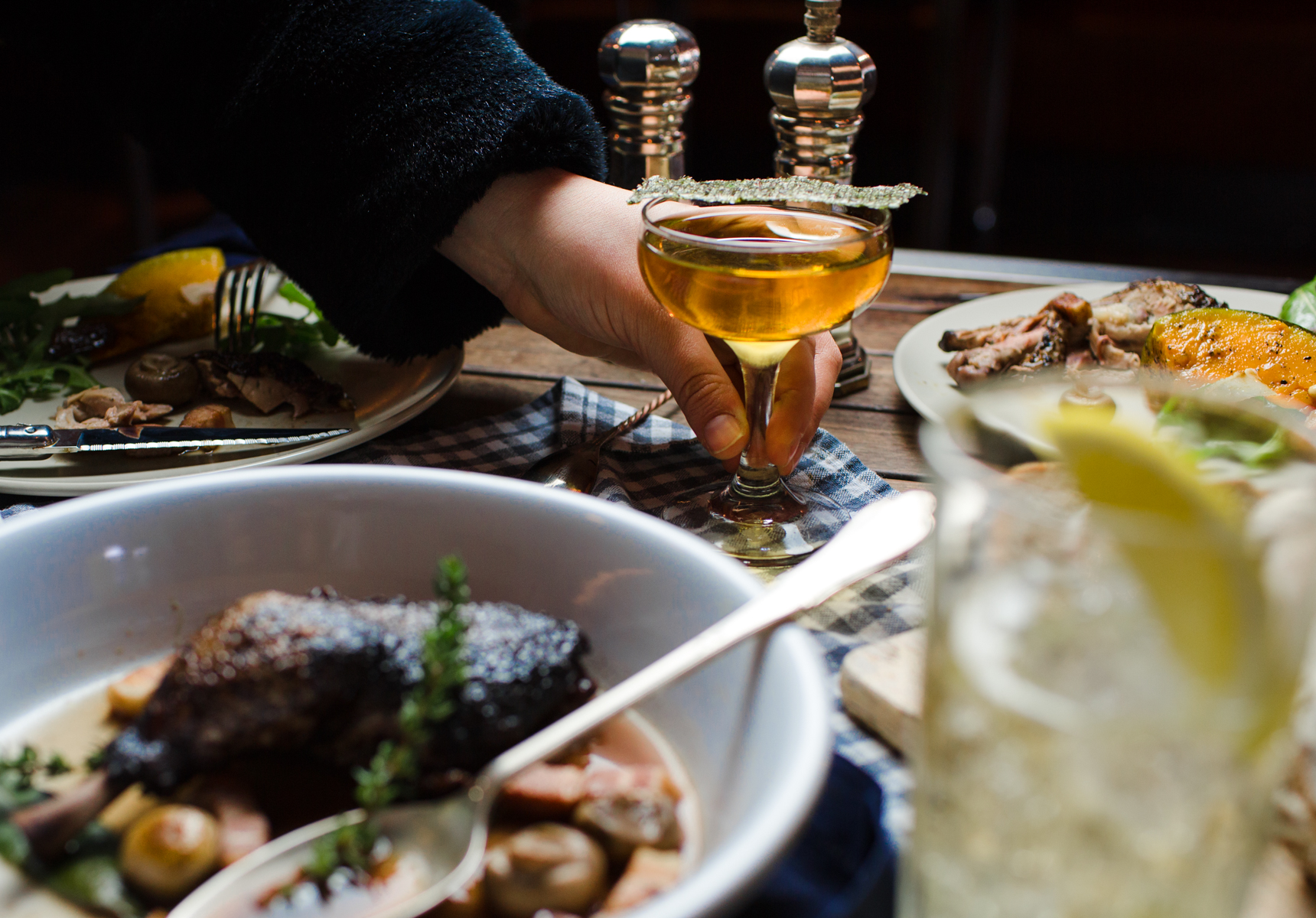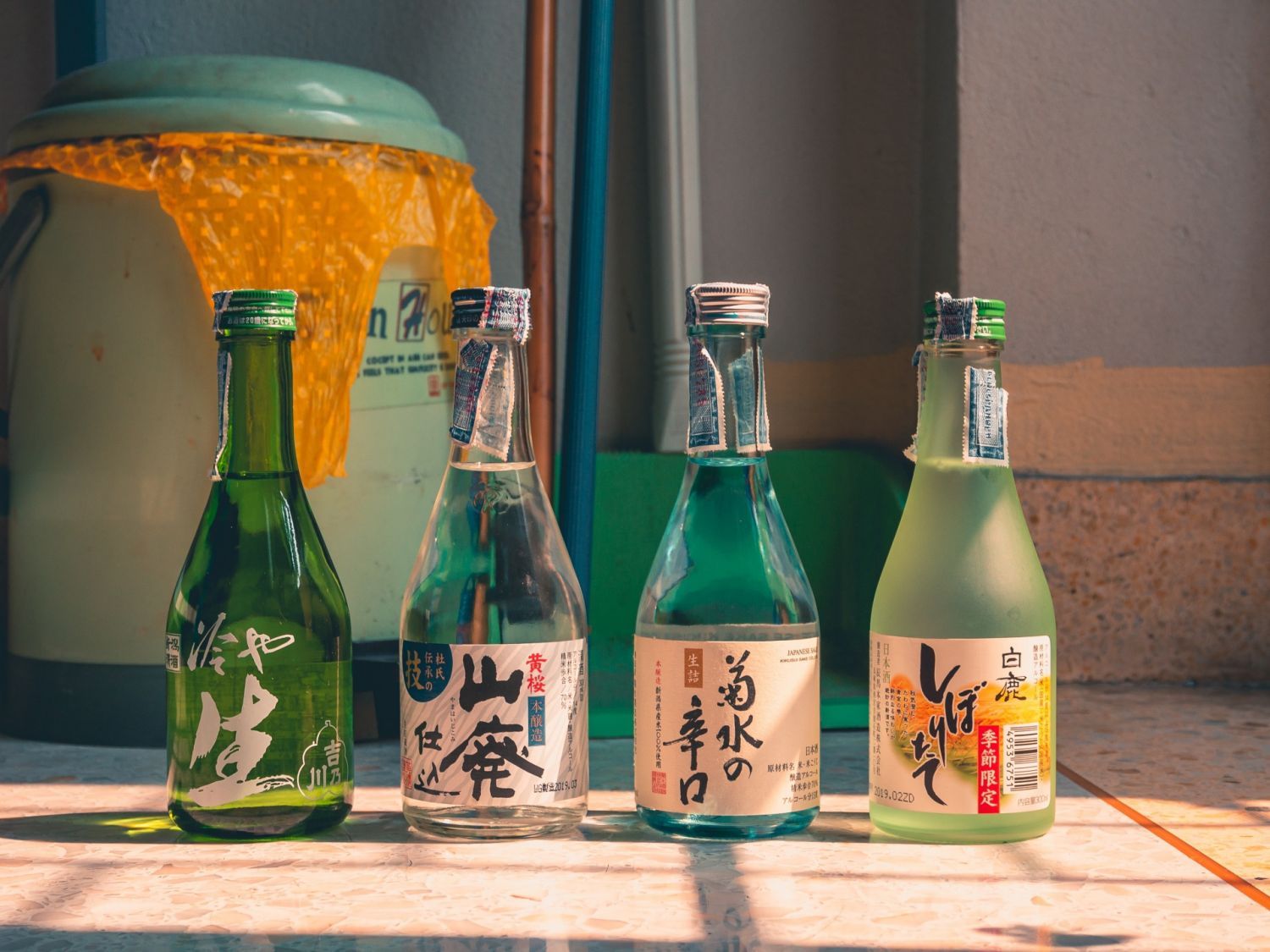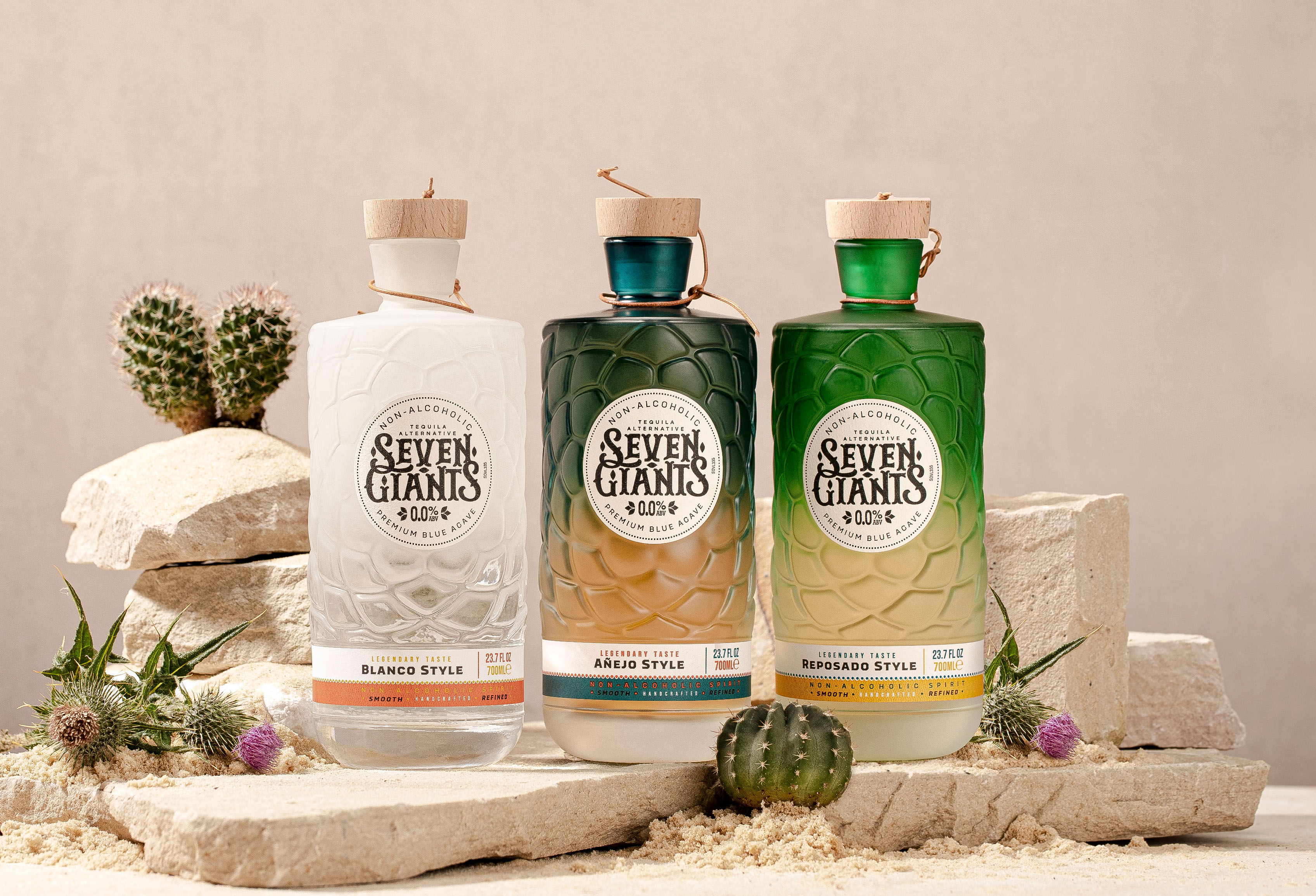Let’s be honest, the idea of wine tasting can be a little intimidating. There are a thousand different people who do things in a million different ways, and all of them will swear that their way is the best. The same case is with wine, so, let’s start by making one thing abundantly clear: there is no wrong way to taste wine! Now that it’s cleared out, we also can’t deny that there are a few things that can enhance your wine-tasting experience. So, we’re here to break down the entire process and give you all the insight you will need on how to taste wine.
The Basics Of Tasting Wine
While there is no right or wrong way of tasting wine, there are things that you can do to get more out of every swig. Thankfully, you only need to remember two things to become an expert at tasting wine. The first one is to keep an open mind. An open mind can help you have some of the best experiences. As wine is already a layered drink, possibilities are endless. Just remember that there are varied factors involved in the process of wine tasting, so, just have patience with it.
The second thing you need to remember is the order of things in which you go about tasting wine. It’s a simple one that goes something like this: see, swirl, smell, and sip. That being said, before we delve into all of the nuances of drinking wine, let’s talk just a little bit about the way you hold a wine glass.
Holding A Wine Glass
Ideally, a wine glass should be held at the stem, away from the body of the glass. So, the easiest way to hold a glass is at the stem. This helps you avoid transferring your body heat to the wine, which might alter its flavor in very rare cases. Moreover, holding a wine glass also gives you enough maneuverability to swirl the glass and not spill any amount of wine out of it.
Also Read: 7 Expensive Wines In India

Now that you’ve held the glass confidently and are ready to show people how things are done, let’s move on to actually tasting the wine. Here is a breakdown of the four steps of seeing, swirling, smelling, and sipping.
See
The color of a wine comes from the grape skins after the fruits are juiced and kept in barrels to age. The deeper the color of the wine, the more it has aged. Basically, the color of a wine is direct evidence of its strength and taste. But, if you’re thinking about how do you read the color to determine the taste of your wine? The answer is just below:
For Red Wine
Once you hold a glass of red wine, the first thing you want to take a look at is the shade of the color. If it leans towards pink or light red, your red is going to have a light and fruity flavor profile. On the other hand, red wine with a darker shade will be much richer and bolder when it comes down to the flavor profile.
For White Wine
Reds and whites are not all that different. Just like red wine, the correlation between the color of the drink and the amount of time it has spent aging applies to white wines as well. You should know that the ones that are aged for a less amount of time have a light and crisp profile, while the ones that are aged for a longer time have a smoother taste and a much richer mouthfeel. Basically, wine does get better with time!
Also Read: Best Gifts For Wine Lovers
Swirl
After you’ve looked at your wine and recognized what the color tells you, it’s time to agitate the wine by swirling it. When it comes to swirling wine, there is truly no right or wrong way to go about it. Some people pick the glass up from the very top and move it in circles by actually moving their wrists, while others leave the base of the glass on the surface and move it in circles. Either way, the idea is to move the wine in a manner that will oxygenate it.
As you get more oxygen into the wine, it immediately starts breaking the wine down, making it softer and richer. Whenever you’re tasting a wine, make sure that you swirl it around for 10-15 seconds in order to oxygenate it sufficiently. However, please be careful about leaving your wine out for too long. Too much oxygen will break the wine down entirely and leave a very bad, acidic taste and trust us, your palette will not appreciate it.
Also Read: 8 Of The Best And Affordable Port Wines In India

Smell
Now that you’ve swirled your wine and oxygenated it, it’s time to put your nose into it! Before you make a face, let us explain! Here, we’re talking about smelling the wine.
Your nose is directly connected to your taste buds and when you catch a whiff of something, it leaves a rather large-scale impact on your brain. So, taking in the complicated scents of a wine will actually give you a few notes about the drink before you actually consume it.
To effectively smell a wine, we recommend going all in! Start by sticking your nose into the glass of wine and take a deep, long breath. As you do that, focus on the aromas that you’re picking on. If it’s a red wine, you’ll be getting more earthy tones like tobacco, prunes, berries, or plums. On the other hand, if it’s white wine, you’ll get hints of lemon rinds, pineapples, or even bananas in some cases.
Now that you have an idea of what to look for, you’ll have fun with this step. The thing is, our brains are wired to draw conclusions based on memory. So, if you only think of tasting wine, you’ll smell grapes. If you smell wine with all the input that you have now, you might actually be able to pinpoint the subtleties of your wine. See, not even halfway through the article and you’re already smarter with wine!
Also Read: How To Open A Wine Bottle Without A Corkscrew
Sip
Congratulations! You’ve finally made it to the point where you actually get to sip the wine! Some people will tell you to swish the wine around in your mouth like you’re using mouthwash. However, we don’t think it’s too necessary. The only thing important is for the wine to linger in your mouth.
When you do hold wine in your mouth, take a moment to think about what you taste. What is the flavor profile? Do you pick up any of the elements that you picked up while smelling? What is the mouthfeel you are getting with the wine? Is it drying your mouth out, or does it have a lighter mouthfeel?
All of these answers will tell you exactly what you are tasting and whether you like it or not. The only suggestion we have for you is to be confident in what you experience. Everybody will taste the wine differently and might not agree with what you feel about it and that’s okay! Wines are supposed to be a slightly intimate affair and just like romantic relationships, only you’ll know how you feel. So, follow your instincts and do what suits you best.
We are finally at the end of the basics of wine tasting. While we have discussed how to taste wine, there are a few things that you should know about in order to figure out the nuances of tasting wine. So, here is a small glossary of words related to wine that you can keep handy.
Corked Wine
Corked wine refers to wine that has become affected due to tainted cork. Cork is a naturally occurring product. Regardless of how much you sanitize it, chances are that some bacteria will still pass through. Statistically, about 5% of all wine bottles across the globe are corked. So, if you become a wine enthusiast, you will most likely come across at least one corked bottle in your life but remember, one bad cork isn’t the end of it all!
Also Read: Best Sparkling Wine Cocktail Recipes
Wine Legs
Wine legs have been a topic of conversation amongst many wine enthusiasts. Many claims that they are related to the quality, taste, or viscosity of the wine. However, wine legs are not related to any of those things. They are streaks of water that are only dependent on how much alcohol is in the wine.
Tannins
If you ever come across a wine that is described as grippy, structured, or dry, you’re most likely in the company of a wine with tannins. These naturally occurring compounds are phenolic in nature, meaning that they provide more of a texture than a taste. If you drink a glass of wine and it feels like it is drying your mouth, it has a high amount of tannins.
Also Read: Cabernet Sauvignon in India: The Best Indian Red Wines
Oaked Wines
An oaked wine is basically one that is aged in an oak barrel instead of a steel barrel. Being in contact with oak for the entirety of the aging process makes the wine much more rounded, soft, and sometimes also amplifies other aspects of the flavor profile.
Wine Body Weight
Wine body weight refers to the way a wine would feel inside your mouth. Depending on how much alcohol it has, your wine will have a light, medium, or full body. The higher the alcohol content, the heavier (i.e. fuller) the wine feels in our mouths.
Also Read: Best Homemade Wine Recipes For Christmas

Summing Up
Everything we’ve mentioned in this blog covers the basics of tasting wine and figuring out which one is your favorite. We hope that it is enjoyable as it is interesting. We recommend you go out to vineyards and check out tastings and even host wine tastings at your own expense to become more fluent with wines. Salud!
FAQs
What Are The 4 S’s Of Wine Tasting?
The four S’s of wine tasting are see, swirl, smell, and sip.
What Are The Basics Of Wine Tasting For A Beginner?
Practice the process of tasting every time you drink. Moreover, when you drink two different wines, try to compare their flavors, notes, and colors.
What Is The Most Important Step In Tasting Wine?
The most important step in tasting wine is to take small breaks between two sips of wine.
Why Do You Swirl Wine?
You swirl wine for two reasons – to release a bunch of aromatic compounds, and to aerate the wine, further making the tasting a better experience.
Why Is Wine Served Half Full?
The norm of serving wines only until the halfway mark of the glass comes from the fact that red wines need some space in the glass to breathe and aerate.
What Is The First Taste Of Wine Called?
The first sensation we feel after taking a sip of wine is called ‘Attack’.
How Many Glasses Of Wine Do You Get From A Bottle?
You can get about 5 glasses of wine from a standard-sized bottle.
What Is A Slang For Wine?
A few slangs for wine are vino, glogg, and no-no juice.
